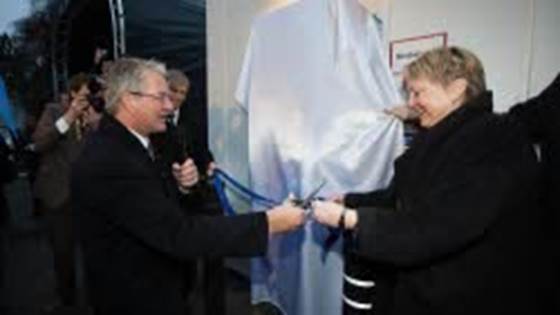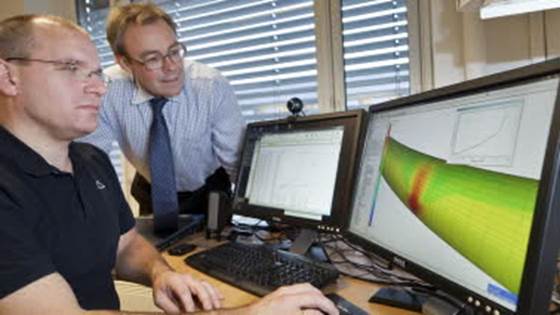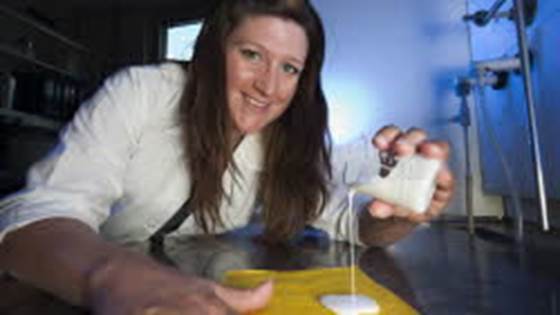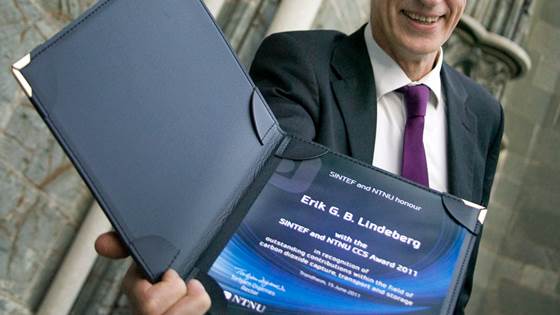
Creating the plastics packaging of tomorrow out of wood
A wood fibre only 100 nanometres thick will help to give us tomorrow’s plastic food packaging, if SINTEF and its partners are successful.

A wood fibre only 100 nanometres thick will help to give us tomorrow’s plastic food packaging, if SINTEF and its partners are successful.

The Research Council of Norway has granted NOK 24 million to the four-year project NEXT-Drill, in which scientists and industry will develop the technology and tools needed to produce geothermal heat from the earth.

The Oslo area saw the opening of its third hydrogen refuelling station on November 21, 2011. This station, located at SINTEF's Oslo office, offers a fuel produced of water.

Several years of Norwegian research on fracture mechanics have resulted in new numerical modelling tools. The new software means that we can calculate the risk of fracture in pipelines much more accurately than current methods permit, according to...

The first steps have been taken towards rainwear which repairs itself

According to a theory advanced by a SINTEF materials scientist, a mixture of water from sprinkler systems and molten aluminium from melted aircraft hulls created explosions that led to the collapse of the Twin Towers in Manhattan.

A project funded by the European Union and led by SINTEF in Norway with ten other European partners aims to demonstrate a cost-effective CO2 capture technology that could herald a new generation of power-generation plants with integrated CO2 capture.

What kind of HSE know-how do we really need to manage the new substances now found in everything from our clothes to cosmetics and electronics? Are nanoparticles harmful to the environment – or are these invisible particles safer than we think?

Chief scientist Erik Lindeberg of SINTEF Petroleum Research has been awarded the international research prize “The SINTEF and NTNU CCS Award” for his pioneering role in research on storing CO2 in geological strata.